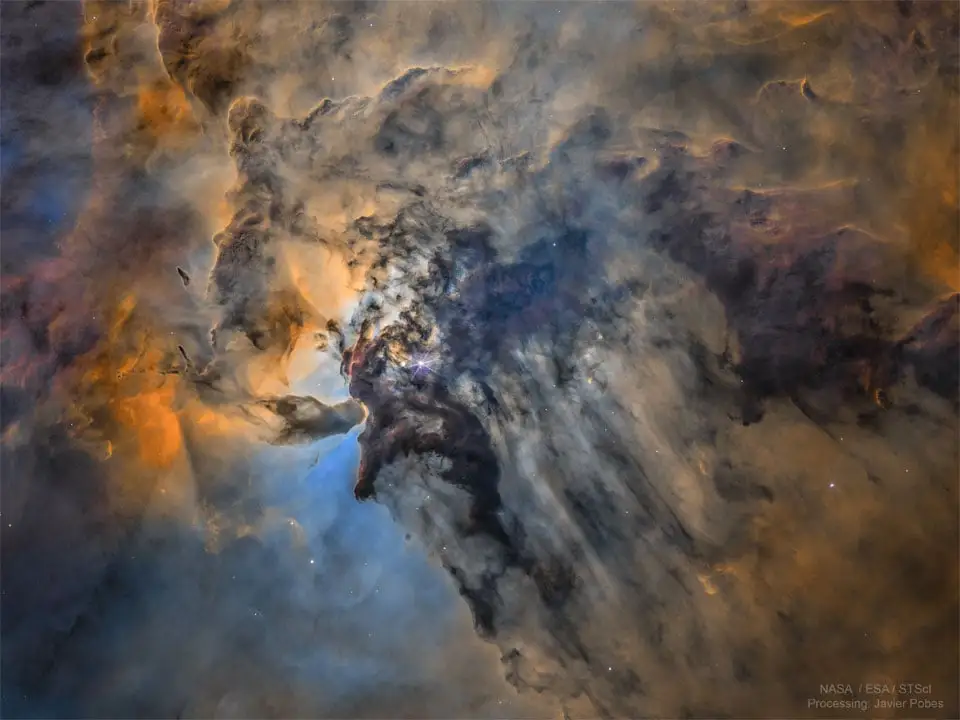this post was submitted on 22 Jul 2023
59 points (96.8% liked)
Space
8676 readers
43 users here now
Share & discuss informative content on: Astrophysics, Cosmology, Space Exploration, Planetary Science and Astrobiology.
Rules
- Be respectful and inclusive.
- No harassment, hate speech, or trolling.
- Engage in constructive discussions.
- Share relevant content.
- Follow guidelines and moderators' instructions.
- Use appropriate language and tone.
- Report violations.
- Foster a continuous learning environment.
Picture of the Day
 The Busy Center of the Lagoon Nebula
The Busy Center of the Lagoon Nebula
Related Communities
🔭 Science
- !astronomy@mander.xyz
- !curiosityrover@lemmy.world
- !earthscience@mander.xyz
- !esa@feddit.nl
- !nasa@lemmy.world
- !perseverancerover@lemmy.world
- !physics@mander.xyz
- !space@beehaw.org
- !space@lemmy.world
🚀 Engineering
🌌 Art and Photography
Other Cool Links
founded 1 year ago
MODERATORS
you are viewing a single comment's thread
view the rest of the comments
view the rest of the comments

It's not, unfortunately. In the context of dark matter, objects like this are referred to as "MACHOs" (or Massive Compact Halo Objects). These have been considered as a possible solution to the dark matter problem for decades, but sky surveys have failed to find them in sufficient numbers to account for even a fraction of the missing mass.
Another important consideration is where these object are in the galaxy. We know that dark matter mostly exists in an extended shell (usually referred to as a halo — hence the H in MACHO) that surrounds the galaxy, rather than being embedded inside it. Rogue planets are expected to be intermixed with the rest of the "light matter" in the galaxy, rather than distributed in this extended halo region.